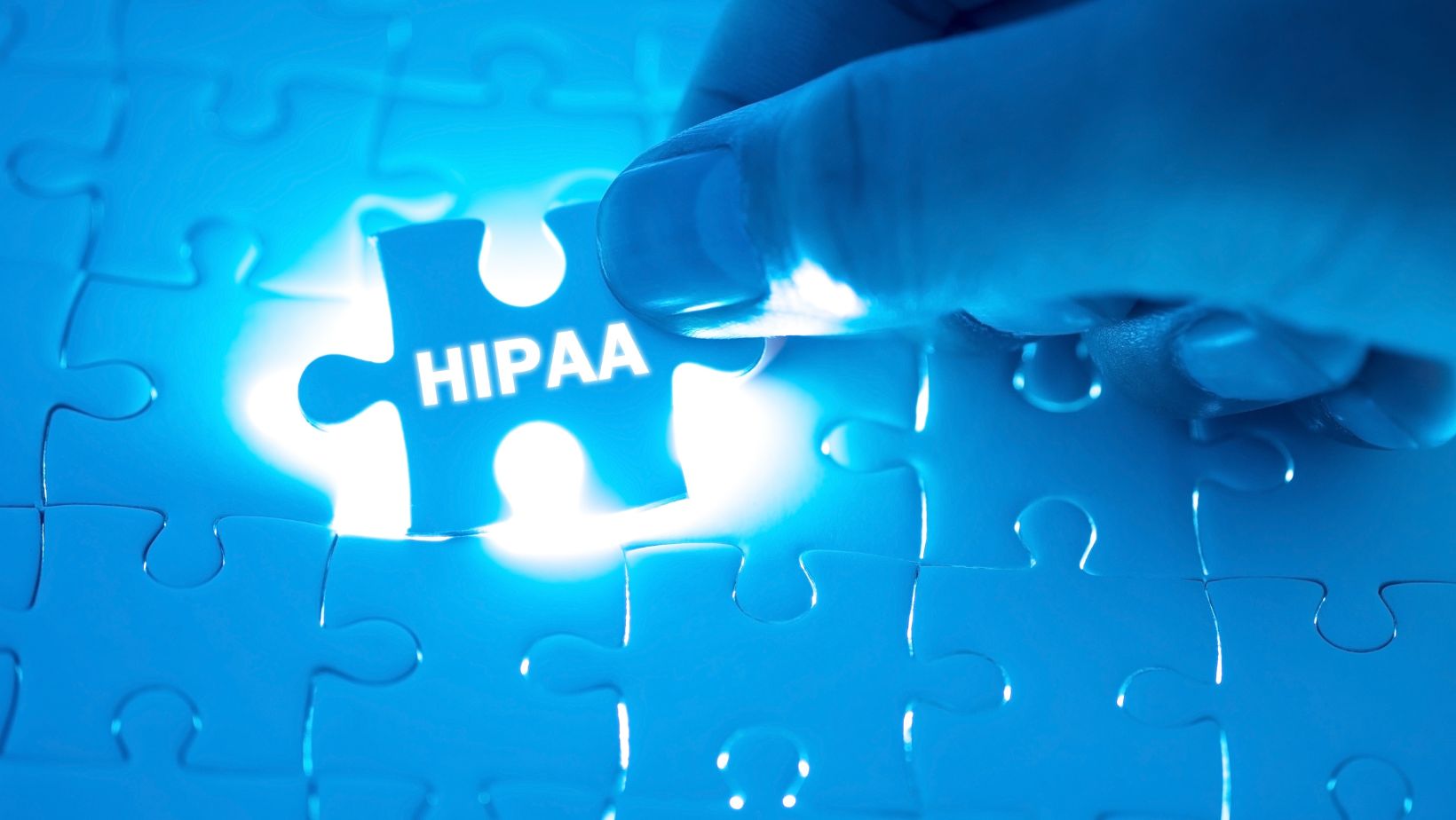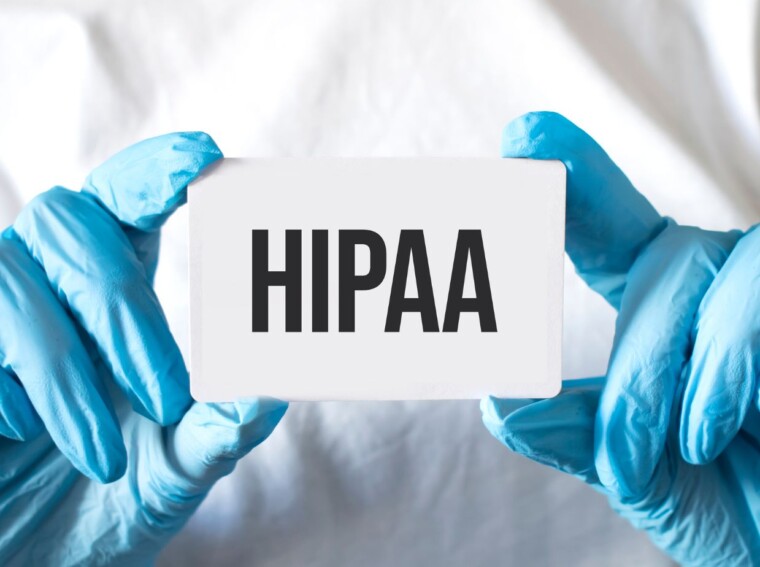Hipaa Provides Individuals With the Right to Request an Accounting of Disclosures of Their Phi.
HIPAA, or the Health Insurance Portability and Accountability Act, is a crucial piece of legislation that grants individuals important rights when it comes to their healthcare information. As someone who has worked in the healthcare industry for years, I have seen firsthand the impact that HIPAA has had on protecting patient privacy and ensuring their control over their own personal data. In this article, I’ll delve into the specific right that HIPAA provides individuals – the right to request access to their own health information.
One of the most powerful aspects of HIPAA is its provision that allows individuals to request access to their own health information. This right empowers patients to take control of their healthcare by being able to analyze and understand their medical records. Whether it’s to check for errors, track their medical history, or simply stay informed about their own health, the ability to access and analyze one’s health information is invaluable. In this article, I’ll explore the details of this right and how individuals can exercise it to their advantage.
Understanding HIPAA
What is HIPAA?
HIPAA, the Health Insurance Portability and Accountability Act, is a federal law that was enacted in 1996. It was designed to protect the privacy and security of individuals’ health information. Under HIPAA, individuals have the right to request access to their own health information, including medical records, test results, diagnoses, and treatment plans.
The Importance of HIPAA
HIPAA is important for several reasons. It grants individuals the right to request an accounting of disclosures of their Protected Health Information (PHI). This means that individuals can request a record of who has accessed or received their health information. This provides transparency and accountability, ensuring that individuals can keep track of how their health information is being used and shared.
HIPAA also helps to prevent unauthorized access to health information. The law establishes standards for the security of electronic health records and requires healthcare providers, health plans, and other covered entities to implement safeguards to protect individuals’ PHI. This includes measures such as encryption, password protection, and secure transmission of health information.
In today’s digital age, where data breaches and privacy concerns are prevalent, HIPAA plays a crucial role in safeguarding individuals’ health information. It sets strict guidelines for the handling of PHI and imposes significant penalties for non-compliance. This helps to ensure that individuals’ health information is protected and that they can have confidence in the privacy and security of their medical records.

HIPAA Security Rule
Overview of the HIPAA Security Rule
As I discussed earlier, HIPAA, the Health Insurance Portability and Accountability Act, not only grants individuals the right to request access to their health information but also ensures the privacy and security of that information. One of the key components of HIPAA is the Security Rule, which establishes guidelines and regulations to protect electronic Protected Health Information (ePHI).
The Security Rule sets standards for the security of ePHI and requires covered entities, such as healthcare providers, health plans, and healthcare clearinghouses, to implement safeguards to protect this sensitive information. These safeguards are designed to prevent unauthorized access, use, or disclosure of ePHI and to ensure the confidentiality, integrity, and availability of this information.
Safeguards to Protect Electronic Protected Health Information (ePHI)
Under the HIPAA Security Rule, covered entities are required to implement three types of safeguards to protect ePHI:
- Administrative Safeguards: These include measures such as conducting risk assessments, developing security policies and procedures, training employees on security awareness, and implementing mechanisms to manage and respond to security incidents.
- Physical Safeguards: These encompass physical measures to protect the physical access to ePHI, such as securing facilities, controlling access to workstations and electronic devices, and implementing policies for the disposal of ePHI.
- Technical Safeguards: These involve the use of technology and security measures to protect ePHI, such as access controls, encryption, audit controls, and integrity controls. These safeguards are crucial in preventing unauthorized access or disclosure of ePHI during transmission or storage.
By implementing these safeguards, covered entities can ensure the security and confidentiality of individuals’ ePHI, reducing the risk of data breaches and unauthorized access.

